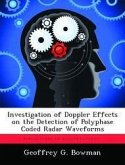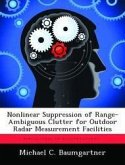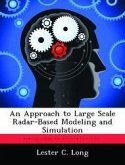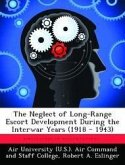A commonly accepted airborne phased array radar model simplifies the analytical derivation by assuming a waveform is perfectly matched in range and Doppler shift. This assumption means the matched lter output is e ectively constant for all possible received scatterer Doppler and range mismatches, greatly simplifying the analytical development from that point forward. This research removes the matched Doppler and range assumption and examines the e ects of several common waveforms on the model's delity along with the associated impact on radar performance, both non-adaptive and adaptive. Analysis is completed using power spectral density comparisons and the fully adaptive output signal to interference plus noise ratio comparison. Results indicate that the model's delity is impacted little by the Time Frequency Auto Correlation Function. However, change in bandwidth from the compressed waveforms does impact the model. Increased bandwidth introduces more thermal noise which dominates clutter returns. Therefore, the clutter problem becomes less di cult. The trade-o is a reduction in the resolution capability of the clutter spectrum.
Hinweis: Dieser Artikel kann nur an eine deutsche Lieferadresse ausgeliefert werden.
Hinweis: Dieser Artikel kann nur an eine deutsche Lieferadresse ausgeliefert werden.








